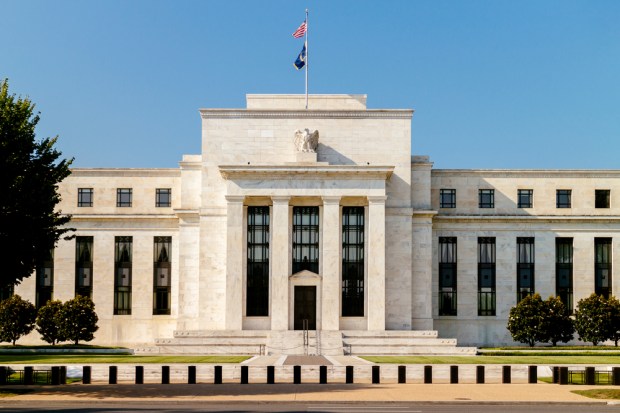Fed To Take A Stance On Blockchain

Amid all of the industry stakeholders — banks, FinTech startups and advisors — discussing the potential of blockchain, perhaps the biggest one is ready to take a stance.
The U.S. Federal Reserve plans to release a paper by the end of the year exploring the potential use cases of blockchain technology and its impact on payments, clearing and settlement.
The Fed announced late last week that it will publish its paper later this year in a statement released after its most recent meeting to discuss blockchain and distributed ledger technology (DLT). In the announcement, Lael Brainard, a member of the board of governors of the Fed, who spoke at the Institute of International Finance for its annual meeting on blockchain, highlighted the potential DLT has for the nation’s and world’s payment systems.
“We recognize the potential of distributed ledger technology, or blockchain, to transform the way financial market participants transfer, store and maintain ownership records of digitized assets,” Governor Brainard said in her announcement. The agency cited peer-to-peer networking, digital asset storage, distributed data records and other features of DLT that support transparency and security in the transaction process. Cyptography and consensus algorithms, the Fed added, are also both ways blockchain supports security.
“We are paying close attention to … blockchain, recognizing this may represent the most significant development in many years in payments, clearing and settlement,” Brainard continued, adding that the Fed has already created a working group to explore use cases of blockchain, with particular focus on the payments system.
The governor specifically pointed to cross-border payments and trade finance as two areas in which blockchain could make a positive impact. But, she said, “regardless of the application, much of the industry is at a ‘proof-of-concept’ stage of development.”
These POCs are simple, she stated, and generally experimental. The industry has several years to go before these concepts come to fruition as real-world, working solutions, she said.
“Because of the notable potential of distributed ledger technology, financial authorities, both domestic and international, will follow these developments with keen interest,” stated Brainard. The Fed, she added, is one of those authorities and will publish a paper later this year to summarize its engagement with industry stakeholders on the potential of blockchain in the payments system.
